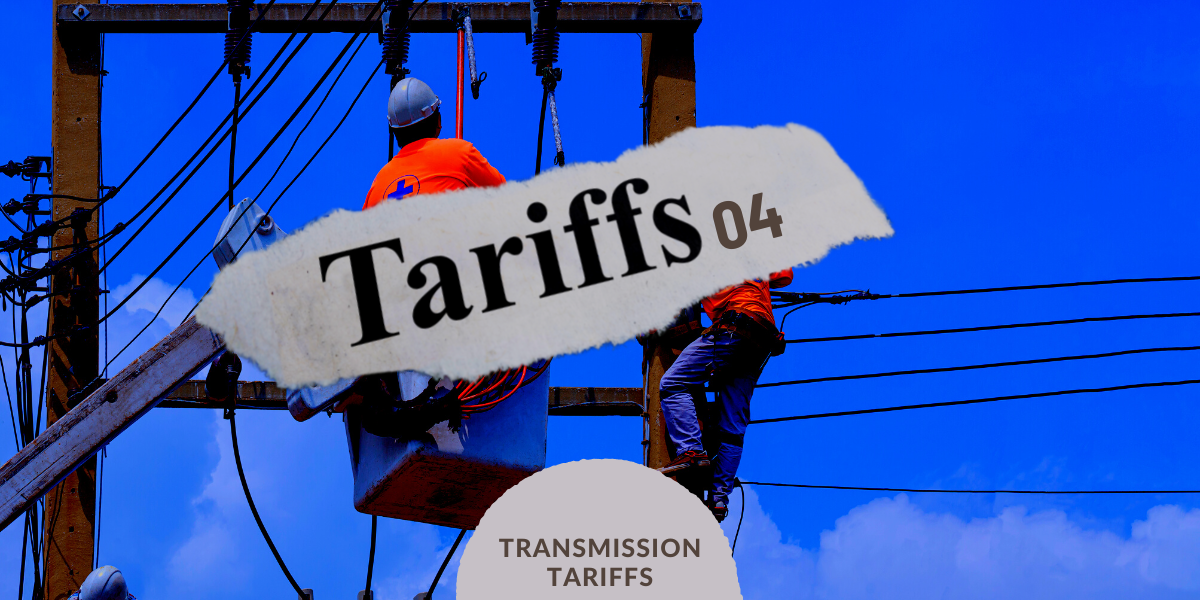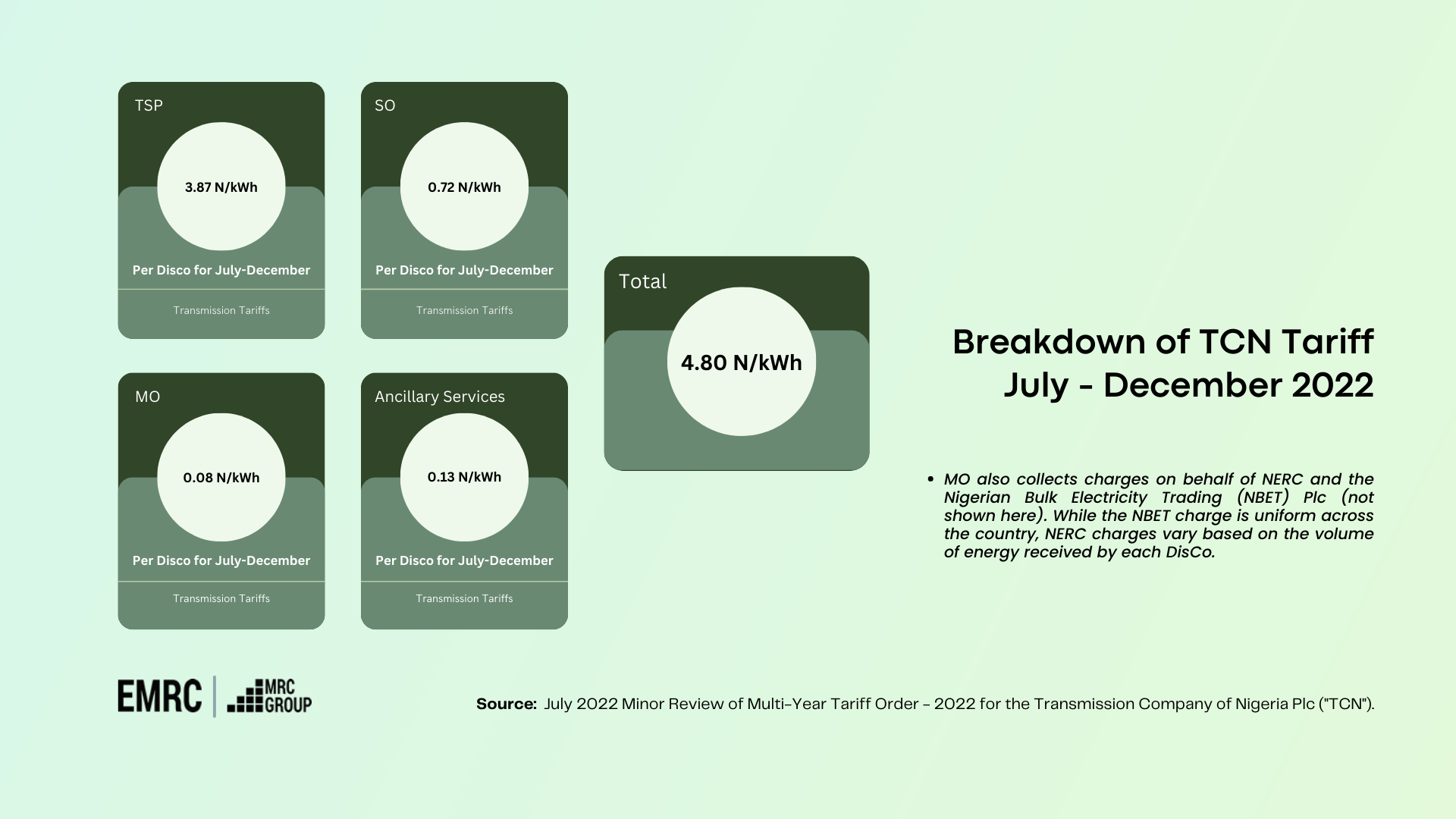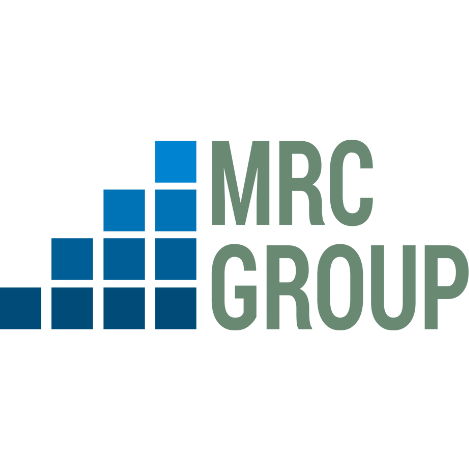
1. INTRODUCTION
Our previous article considered generation tariffs and highlighted the difference between a vertically integrated electric utility (VIEU) and a deregulated utility market. The main difference is that in a typical VIEU one entity controls all segments of the value chain thereby making it unnecessary for the costs to be split across the different sectors.
Therefore, all the information contained in this article which is focused on transmission pricing and the charges that are accruable to the transmission sector will apply primarily to deregulated utility markets.
2. Transmission Pricing
The transmission sector of the power value chain is responsible for supplying electricity at high voltages through cables across long distances. In Nigeria, this sector is fully government-controlled. However, in other countries such as India, power transmission is carried out by private companies.
A typical transmission network comprises connection points, called nodes where electricity is either injected by generators or supplied to customers. These nodes are connected by transmission lines which intersect at switching stations and substations.
To provide this service, transmission companies must invest in infrastructure and maintain a functioning network. As such, the transmission cost allows the transmission company to recover the costs they incur from providing their services.
2.1. Transmission Costs
The goal of transmission pricing is to recover the cost of transmission and reasonable revenue for the transmission company. The costs of transmission include operation and maintenance costs (including transmission losses) and capital costs including depreciation of assets.
2.2. Transmission Charges
Typically, there are 3 main charges that transmission companies receive:
- Connection Charges – Charged against new Generation Companies (GenCos). It covers the cost of connecting new generators to the grid.
- Use of System Charges – Charged against licensees for using the transmission network. It covers the cost of investing and maintaining the transmission network.
- Operational Charges – Charged against users of the network. It covers activities undertaken by the transmission company to ensure that the transmission network operates securely and reliably.
Generally, the use of system charges and operational charges may be shared between the generator and the distributor, paid by the generator alone or paid by just the distributor.
2.3. Transmission Pricing Models
Various models are adopted worldwide for determining the price of transmission in a power system. However, they can all be categorised into two main transmission pricing methodologies:
- Point tariffs – charged based on energy injected or withdrawn from a node.
- Point to Point tariffs – charged based on the location of the electricity injection and collection points in the network
2.4. Transmission Tariffs
in Different Jurisdictions, Transmission tariffs tend to differ across jurisdictions based on:
- The payer of transmission charges – This could be the generator and distributor in defined proportions as seen in Ireland, the generator alone as seen in Chile, or the distributor alone as seen in Germany.
- The measure of the charges – Transmission could be charged based on energy (MWh) or capacity (MW).
- The types of transmission charges – There could be separate charges for operational costs and investment costs or a single charge for both costs. In Britain for example, the cost of capital investment and operation and maintenance costs are both contained in a single charge known as the Transmission Network Use of Service Charge (TNUoS).
- The Location – The pricing model adopted could consider locations e.g., nodal pricing which is used in countries such as Argentina and Chile, and zonal pricing as used in Europe.
- The time of utilisation of the network – In some jurisdictions, transmission tariffs cost more depending on the time of day or season. In Finland for instance, transmission tariffs are more expensive during winter.
3. The Transmission Tariff in Nigeria
In part 1 of our tariff series, we stated that transmission services in Nigeria are provided by the Transmission Company of Nigeria which has 3 divisions: the Transmission Service Provider (TSP), the Market Operator (MO) and the System Operator (SO).
These three entities provide different services but all activities pertaining to electricity transmission are controlled by the Transmission Service Provider (TSP) division of TCN.
3.1. Transmission Charges in the NESI
There are three charges received by the Transmission Service Provider (TSP) in the NESI:
- The Connection Charge
- The Transmission Use of Service Charge (TUOS)
- Transmission Losses
The TSP is not responsible for overseeing the security and reliability of the grid. Therefore, it does not collect charges for that function. Instead, such activities are performed by the SO.
3.1.1. The Connection Charge
Before new generators are connected to the grid, they must execute a Grid Connection Agreement with the TSP and pay a one-off connection charge. This charge covers the costs associated with connecting the generator to the nearest node on the grid which may include infrastructural expenses such as the cost of new transmission lines and towers.
There are two approaches to the connection charge:
- Shallow connection charge: This covers the cost of construction, operation and maintenance required to connect a new generator to the main grid.
- Deep Connection Charge: This mostly applies to areas where the network is congested or nonexistent.
The connection charge varies depending on the location of the power plant and is determined by TCN subject to approval from the Nigerian Electricity Regulatory Commission (NERC).
Each connection point in the NESI where a generator meets the transmission system is a trading node and at each of these connection points, the TSP is mandated to provide a meter which measures electricity that is taken or injected into the transmission system.
3.1.2. The Transmission Use of Service (TUOS) Charge
Under the Grid Code which guides technical operations in the market, the TSP is responsible for admitting new users, evaluating, and accepting new grid connections, ensuring that meters are stationed at each point in the grid in which electricity moves into the transmission infrastructure and planning the operation and development of the transmission network.
For these functions, the TSP collects a Transmission Use of Service (TUOS) charge which essentially stands as the cost of transmission or the transmission tariff. This charge is applied to each unit of energy delivered to the Distribution Companies (DisCos) and is determined by NERC using the building blocks approach outlined in parts 1 and 2 of our tariff series. It consists primarily of fixed charges in the system such as fixed operation and maintenance costs, depreciation and returns on capital.
The TUOS charge, which is billed monthly, is paid by the DisCos and charged on each unit of power delivered to the DisCos at their bulk power supply points. This charge can be classified as a postage stamp tariff because it is uniform across all regions of the country.
However, in the December 2021 tariff review, NERC disclosed that TCN would not earn a return on investments for 5 years starting from January 2022. The goal of this rate of return suspension was to facilitate the transition to cost-reflective tariffs by lowering the overall electricity price to customers.
3.1.3. Transmission Losses
Electricity cannot be stored. As such it must be transmitted and distributed when generated to meet demand. While it moves through the transmission infrastructure at high speeds, some of it is lost similar to how water evaporates at boiling point. It is a physical phenomenon that cannot be eliminated. Therefore, the transmission company must be cognizant of these losses and put measures in place to mitigate them so that the power supply can meet demand adequately.
To tackle the transmission loss problem, each node where generators connect with the grid has an average allowed loss that can be incurred by all the generators connected at that node. This allowed loss is called the transmission loss factor (TLF).
In fulfilment of their contracts with DisCos, generators are required to make an allowance for the marginal loss factor. This means that if a DisCo’s load allocation from a generator is 50 units of power and the prescribed loss factor is 10%, the GenCo must provide 55 units of electricity so that the DisCo receives 50 units as prescribed under the contract.
The current TLF in the July Multi-Year Tariff Order (MYTO) is 7.50%. Where the actual TLF is greater than the MYTO TLF, the Distribution company will be compensated by TCN through a deduction from the TSP’s charges within the monthly billing period. However, where the TLF is below the MYTO level, the Distribution Company will compensate the TSP for “efficiency”, i.e., the difference.
The purpose of this TLF is to improve efficiency in TCN’s operations and it is reviewed periodically to reflect such improvements in the performance of the transmission network.
3.2. Administrative Costs
In the MYTO, NERC combines transmission and administrative costs which are payable to the Market Operator (MO), System Operator (SO) and NERC. More information on these costs can be found in part 1 of our tariff series.

4. Conclusion
The transmission tariff methodology should allow the TSP to recover all costs and make improvements to the network which will ultimately improve power supply services in the NESI. However, transmission services in the sector remain poor as evidenced by the frequent grid collapses. Reasons for the weak grid infrastructure include the significant investment required to remove grid interface bottlenecks between DisCo and TCN stations.
In NESI’s settlement structure, DisCos make monthly payments to TCN based on MO invoices. However, in the early years of the market, DisCos made partial payments due to high operating losses. This resulted in a market shortfall, which meant that the DisCos owed significant sums to TCN. As a result, TCN was unable to fully recover its costs which may have hampered its investment plans.
However, TCN continues to make investments including the recently commissioned 2 X 60MVA substation and 150MVA transformer at stations in Gwarimpa, Abuja and Ughelli, Delta, respectively. Hopefully, TCN’s ongoing investments will result in fewer grid collapses, better frequency control and improved quality service delivery to customers.
In the next edition of our tariff series, we will be looking at the distribution tariff which also serves as the customer tariff in the NESI.













Wonderful article! Please, I want to know the current rate at which transmission company of Nigeria sells energy to distribution companies.
At the moment Distribution Companies have vesting contracts that determine how much supply of energy they get for a period of time and the rates ($) these are mostly regulated by the NERC. Its not determined by the TSP.
I must thank you for the efforts you’ve put in writing this blog.
I really hope to see the same high-grade content by you later on as well.
In fact, your creative writing abilities has inspired me to get
my very own website now 😉 https://Www.Waste-NDC.Pro/community/profile/tressa79906983/